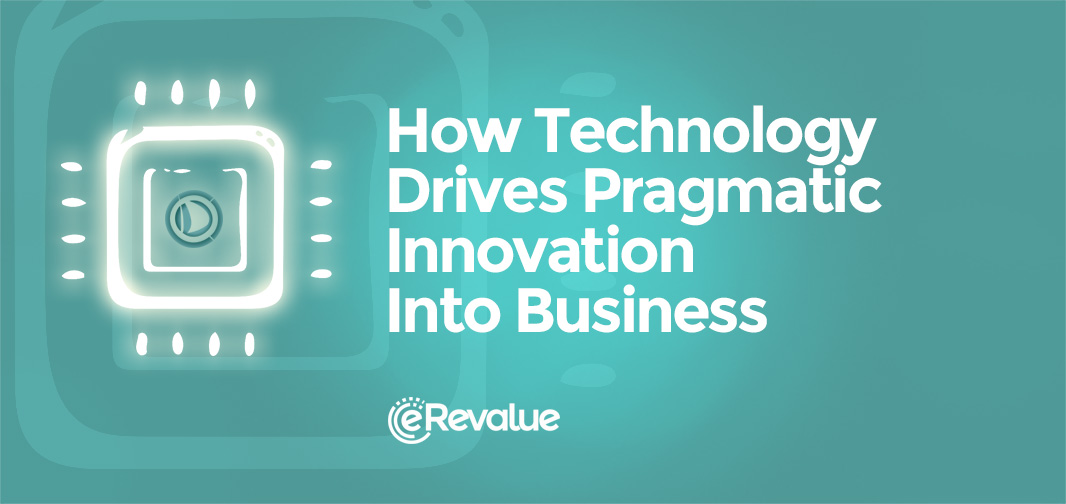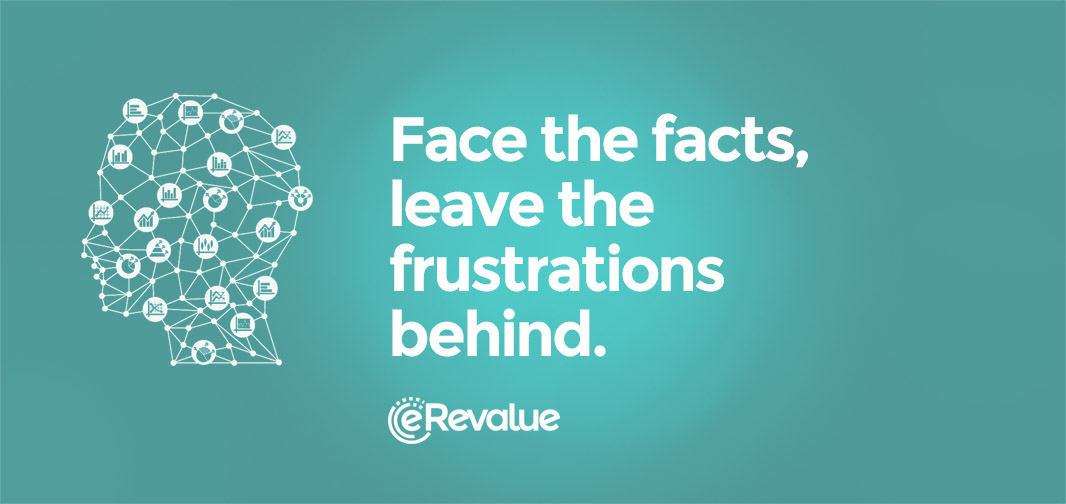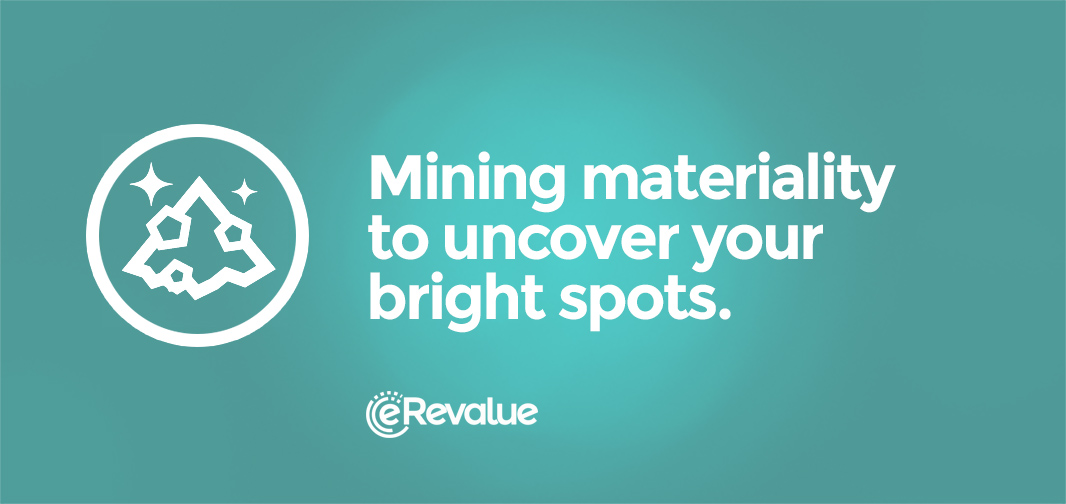eRevalue BLOG
With the end of the year approaching, my colleagues asked me to reflect on the last 6 months, which, in short, have been quite the ride. I may have moved to a completely new city but “life in London” thus far has involved more explorations of new technologies and books on building a lean and mean start-up than explorations of the city’s cobblestone streets and Shakespeare’s sonnets.
Why? Because I’m on board Datamaran™, “coding in the garage” with the eRevalue team.
I feel incredibly lucky to work each day with a highly capable team of coders, data scientists, and analysts who continually prove that, for the most part, the generally accepted assumptions about environmental, social, and corporate governance (ESG) trends in business are in fact just assumptions. I agree wholeheartedly with The New Yorker in saying that technologists are the new rockstars.
With technology, we’re capturing critical data that goes beyond the numbers. “Behind the scenes,” our strategic business intelligence software Datamaran™ interacts continually with the narrative of corporate reports, corporate websites, regulatory databases, traditional media, and social media. It “sniffs out” the key topics and concepts disclosed by companies, referenced in regulations, and discussed amongst stakeholders; and, in doing so, reveals patterns that reinforce how competitive companies today go beyond the mere bottom line.
Today, I’d like to zoom in on what I have learned about how we apply this technology to deliver digestible data and, by doing so, enable data-driven decision-making on today’s key risks and opportunities by corporate leaders across industries.
After several months of proto-typing and fine-tuning Datamaran™ with our Piloteers (multinational companies, advisory firms, and industry experts), I recognize that technology in the ESG landscape represents a sea-change, even more than I had anticipated one year ago when I had first cultivated the idea behind Datamaran™ during a conversation with our Chairman Helle Bank Jorgensen.
The time for technology is now, as evidenced by the recently launched technology initiatives by the leading non-financial reporting standard setters International Integrated Reporting Council (IIRC), Global Reporting Initiative (GRI), CDP, and Sustainability Accounting Standards Board (SASB). It is highly encouraging that these non-financial reporting forerunners are increasingly reinforcing the important role of technology in enabling change and innovation in business; and how innovation is increasingly seen as the answer for companies to remain competitive, a key theme of the recent Financial Times Innovate America event we attended in New York City alongside Google, Microsoft, IBM, and others.
So how exactly is eRevalue capturing meaningful data with Datamaran™? Let me start by explaining some basic principles underlying our conceptual thinking in terms of technology.
1. Making Data Digestible: Smart data derived from large data sets (big data analytics) can drive more objective data-driven decision-making. In addition, as this article in WSJ Online explains, data can help strengthen linkages between different parts of the business to make more efficient use of their different resources and assets.
2. “Reverse XBRL”: Narrative information (or unstructured data) is largely un-captured and yet central to ESG disclosure given the prominence of qualitative information. Natural Language Processing (NLP) techniques can capture this narrative information, make it machine-readable, and reveal previously unrecognized patterns. That way the data is market-driven, dynamic, and demonstrates new developments as they arise.
3. Issue Identification: Analysing narrative by applying NLP help business continually spot new risks and opportunities in a dynamic, near real-time, and forward-lookiong way. NLP goes beyond the numbers to highlight the “why” behind certain issues as well as the relationships between company activity, regulations, and stakeholder opinions around these issues.
4. Continuous Materiality: Consistently monitoring risks and opportunities empowers businesses to be resilient and competitive by accelerating their efficiency in being both responsive to and “ahead of” market developments. The opportunities for predictive analysis are already evident.
5. Cross-divisional Communication: An online collaborative environment where senior decision-makers have access to digestible data will foster a 21st century approach to risk and compliance. According to Forbes online a ‘greater emphasis on the organizational dimension of risk management, and how human interact with and respond to risk, will always yield benefit.’
To put ‘purpose into practice’ – quoting our Piloteers at Radley Yeldar – we then apply these key principles to analysing the following three landscapes:
- The competitive landscape – focus on publicly available corporate sources and the issues therein.
- The regulatory landscape – focus on regulatory and voluntary initiatives and the issues therein.
- The stakeholder landscape – focus on internal knowledge harvesting and external (social media) monitoring.
So, which issues??
- Anything that makes up the “new normal” in business and is being disclosed by companies themselves, referenced in regulations, and discussed by stakeholders – i.e. market-driven, evidence-based issues.
- Non-financial issues (environmental, social, corporate governance, economic) that are at the top of the corporate and regulatory agenda: e.g. diversity in management, percentage of women on boards, emissions, energy-efficiency, waste management, executive pay, employee training, talent attraction and retention, and more.
- Mega trends and new non-financial issues that are popping up in the “new normal” corporate landscape: e.g. circular economy, shared value creation, integrated governance etc.
These issues may pose competitive, regulatory, and/or reputational risks or opportunities for companies across different industries and within different markets and jurisdictions. Datamaran™ accelerates a company’s journey to insight to help them determine this in a time efficient, cost effective, and forward-looking way.
To a large degree the rise of the “New Normal” can be attributed to the pioneering efforts of non-financial standard-setters. Increasingly, the voluntary frameworks of these initiatives are referenced in national laws and regulations, in listing requirements of stock exchanges and by companies towards their respective value chains. Also here, technology will start to play a major role – to help companies advance their disclose practices when using these different standards and frameworks.
We look forward to contributing to these discussions, exploring the big data lakes, and riding the waves of innovation going forward!
Please contact me to learn more about our pilot and upcoming restricted release of the first version of Datamaran™.
One year ago our CEO Marjella Alma and our Chairman Helle Bank Jørgensen exchanged thoughts over brunch on how technology can help companies remain competitive, viable, and sustainable in today’s rapidly changing economies. Listen to a recent interview with Helle, dated August 2014, to learn more about this first conversation.
Fast-forward to summer 2014 and that initial idea has both a name – eRevalue – and a dynamic team committed to realizing its full potential. Born out of that earlier conversation over brunch, our company is now a growing team with over 17 employees based in both London and New York City, and backed by a robust network of supporters from around the world.
A pivotal player in our recent growth is Harry Hill, former CEO of Countrywide Plc, current Non-Executive Director of Learning Technologies Plc, and member of our Board of Advisors.
We sit down with Harry to find out why he decided to join our team on this exciting ride on the Datamaran™ – our strategic business intelligence software, but also our figurative means of transport to reach our ultimate goal of delivering digestible and meaningful data to companies worldwide. Watch this video to learn more about our journey.
Firstly, who is Harry Hill?
Harry Hill is a 60-something guy who spent his early professional life in real estate before becoming involved in running PLC’s in the mid 1980’s. I have since been working at the Board level in a listed property, life assurance, and internet portal business and have a strong institutional following in the UK and the US.
You became involved with eRevalue in its very early stages. As noted in a recent article in Bdaily Business News, our company has recently completed a round of Series B fundraising, a process in which you played a pivotal role. As you have witnessed first-hand our evolution from a 4 person team in London to a 17+ person company with offices in both London and NYC, what would you say are the key drivers contributing to this growth?
Each day, we lean closer to the tipping point when it comes to going beyond the mere bottom line in business. Today, 95 percent of the world’s biggest 250 companies report publicly on environmental, social, and corporate governance (ESG) topics; and investors invest 20 cents on the dollar in companies that do this.
Various parties fuel this push towards the tipping point – from government and market regulators to investors and corporate decision-makers. A recent study by Hermes Investment Management shows that over two-thirds of institutional investors would reject “otherwise attractive” investment based on ESG-related risk.
The question remains: what will be the ultimate push over the tipping point, and when will this take place?
Known as the “Big Apple,” New York City (NYC) epitomizes what it means to “go big, or go home.” It is a city of challenge seekers, risk takers, champions, and creators, all driven by a shared ambition to succeed today and not wait for tomorrow.
Labor Day is a strong – and timely – example of this drive. As the Union Leaders proved 132 years ago and as Frank Sinatra sang over 30 years ago, “If you can make it here, you can make it anywhere.”
When looking to launch eRevalue’s US operations, it was, therefore, no question that NYC would be our home. We’re all about going big – big data for big business to drive big change towards a more resilient global economy. Why? As Heather Tallis recently wrote, it’s time to get in the real game when it comes to sustainability in business – and we couldn’t agree more.
Just like NYC, the ESG landscape (let’s call it ESG) changes rapidly, making it challenging to navigate. ESG encompasses a myriad of topics – from carbon emissions and human rights to risk and compliance – each of which involve their own complexities. Alison Taylor’s recent article in Forbes sheds light on just how complex one of these topics can be.
For many companies today, conducting a materiality assessment on environmental, social, and governance (ESG) issues can feel like tiptoeing through a minefield riddled with unforeseen risks. Sure, we’ve all heard about ‘materiality,’ we talk about it, map it, and even make visuals about it; but when it comes down to acting upon it, that’s when we often get stranded in the minefield. But why?
Firstly, determining what is material is an ambitious process when it comes to ESG. It requires the input of key stakeholders (which you first have to identify and engage), is dependent on rapidly evolving industry trends and regulation (which you first have to identify and understand), and relates to your company’s direct and indirect impacts (which can be countless and unquantifiable). On top of that, you have the challenge of convincing your legal team that ‘materiality’ to one is not what ‘materiality’ is to another.
As evidenced by the leading sustainability reporting frameworks the Global Reporting Initiative (GRI), SASB, and International Integrated Reporting Council (IIRC), there exist differing definitions of materiality in sustainability, as well as recommendations on how to assess it. The silver lining: in the end all frameworks agree that companies are the ones in charge of this process and know what is material, to whom, and under what definition. The reporting frameworks merely serve to help out and provide guidance.






